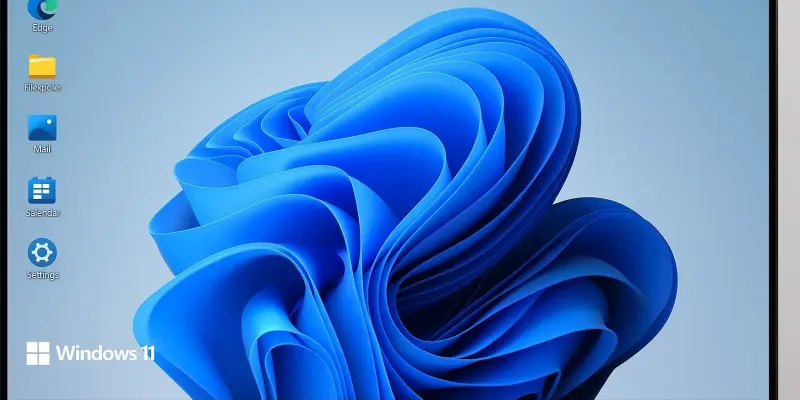For many users, setting up a new PC has historically been regarded as a cumbersome and time-consuming task, fraught with the intricacies of migrating files, installing applications, and adjusting settings to match previous configurations. The advent of new technology always brings promises of simplifying these processes. Microsoft is making strides to alleviate such arduous transitions by enhancing the PC migration experience. With the release of Windows 11, the company aims to revolutionize how users transfer their digital worlds to new machines. By integrating file, app, and setting transfers directly into the PC setup process, Microsoft is crafting a more seamless transition, promising relief for those burdened by traditional migration woes. While the functionality is still in development with an unspecified timeline, its implications could potentially simplify the user experience dramatically.
Windows 11 Enhancements
Microsoft’s endeavors to streamline the migration process center around significant updates to the Windows Backup app, indicating a focused effort to incorporate user feedback into the development of Windows 11. By allowing the transfer of critical data and personalization details during the initial setup of a new PC, Microsoft aims to create an intuitive method for users to transition smoothly to new devices without the typical headaches associated with data transfer. This enhanced experience is set to minimize disruptions and resume productivity sooner. Beyond ease of use, this advancement reflects an industry-wide shift towards creating more intelligent, automated solutions in response to consumer demands for efficiency. Microsoft’s strategy indicates the company’s commitment to ongoing improvements, signifying a future where setup and migration hurdles become inconveniences of the past.
Looking Ahead
The development of this migration feature, although promising, remains incomplete with full functionality expected in upcoming updates. Microsoft’s phased approach ensures that the transition is properly supported and refined through user feedback and technological advancements. The company recognizes this as not just an enhancement but rather a pivotal shift in how consumers perceive PC upgrades. As technology evolves, so do expectations for a seamless experience. This development not only reinforces Microsoft’s ongoing commitment to its user base but also suggests that future innovations might further consolidate PC management into a more user-centric model. Ultimately, the impact of these enhancements on migration processes will be measured in both consumer satisfaction and adaptability. As the updates progress, users can anticipate a future marked by simplified and intuitive device management solutions, embodying a new era of PC interaction.

